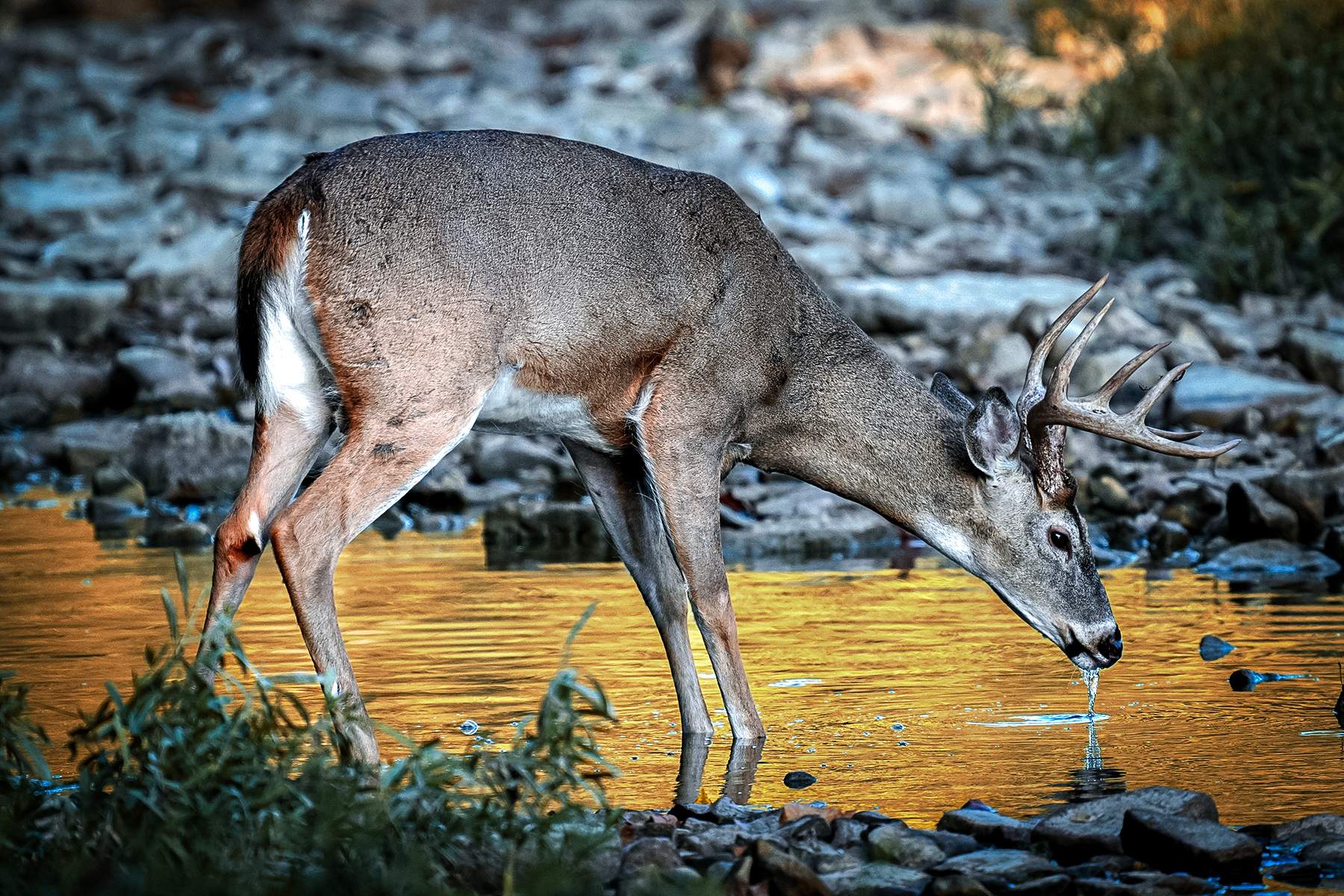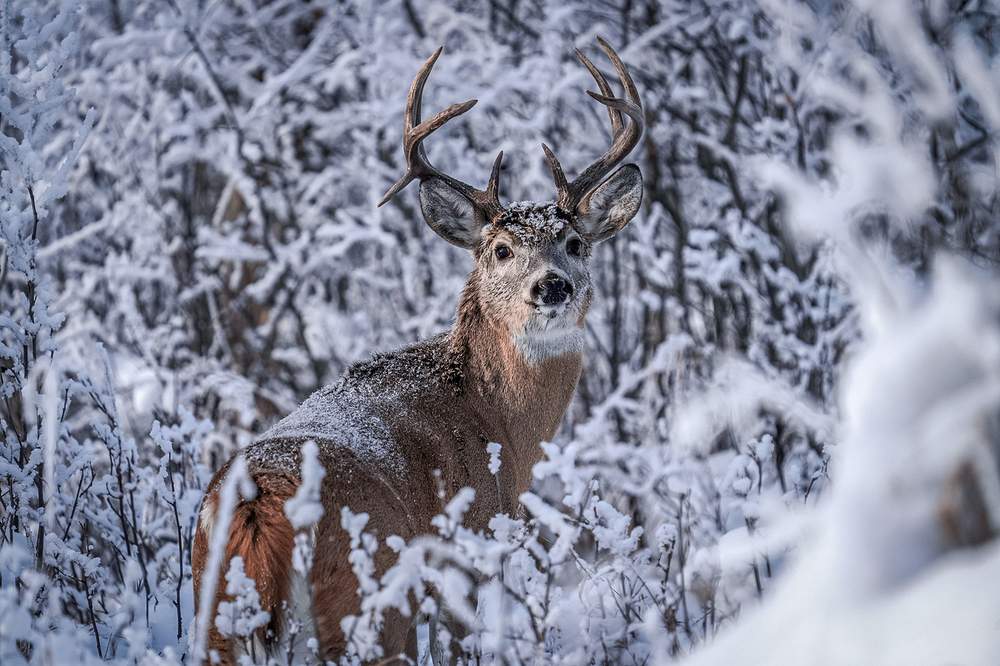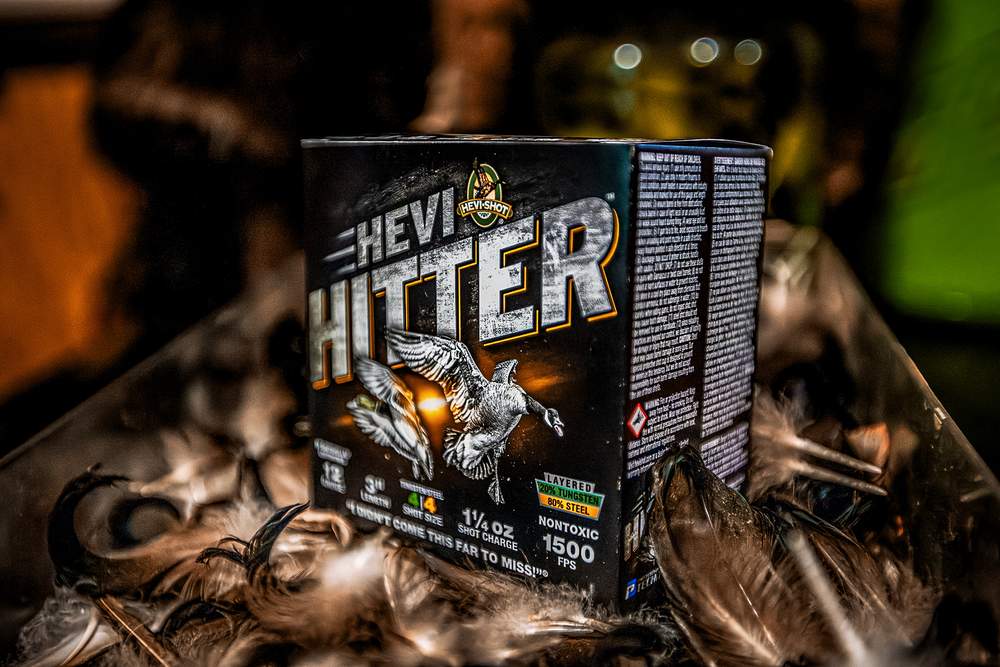Hunters know all the “textbook” spots to find deer. Creek crossings rutted with tracks, ridge saddles, the inside corner of a fresh-cut cornfield. Maybe a powerline cut or a white oak flat raining acorns like a spring shower. Those are known producers that fill the pages in hunting magazines and light up pins on mapping apps. But they also see more pressure than a Walmart parking lot on Black Friday. That's why you have to look for deer hunting funnels and exploit them.
Deer aren’t stupid. Survival is their full-time job, and they learn our playbook fast. By the second week of deer season, they’ve figured out that pretty saddle of yours smells like human sweat and the enticing oak flat is a magnet for metal climbers.
When that happens, the big bucks don’t disappear. They just slip around like ghosts, shifting to travel routes that are easy to overlook.
So, while everybody and their uncle is focused on those textbook “hot spots,” it can pay off big to shift your focus to the funnel points nobody else is watching. I’m talking about the ugly, ordinary, boots-on-the-ground pinch points you won’t find starred on everybody’s OnX. They may not look like much, but if you hunt them right, they’ll put venison in the freezer when the obvious spots have gone cold.
Cattle Gates and Fence Gaps
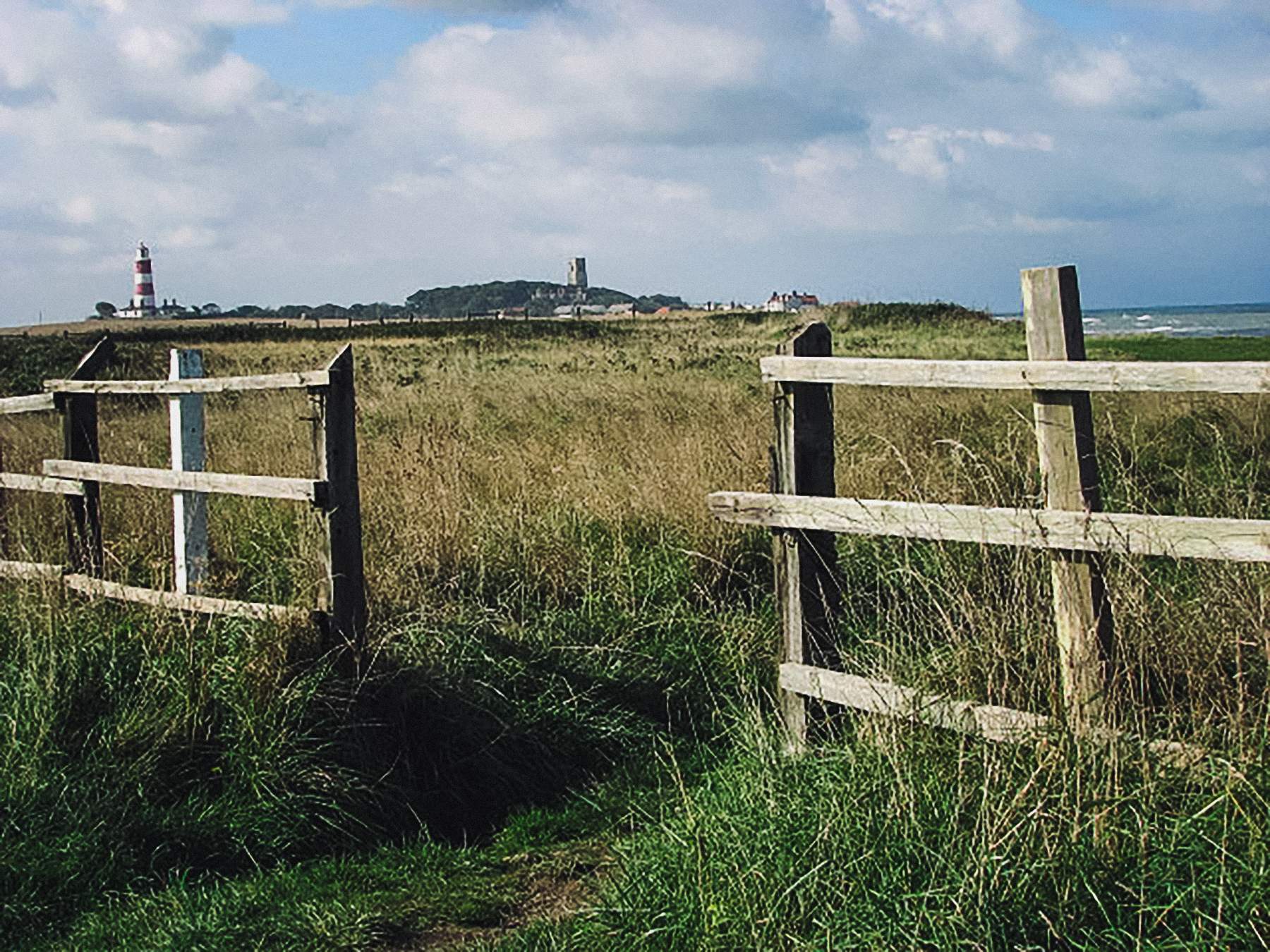
Deer aren’t all that different from humans. Give a man a shortcut that saves a little time and effort, and he’s going to take it. Whitetails are the same way. Sure, deer can jump a fence, but why put forth the effort if there’s an easier option? That’s why if you put a tight fence in front of them, they’ll follow it until they find an easy way to cross it. That weak spot is where you want to be.
When you’re walking a property, keep your eyes peeled for sagging barbed wire. If the fence is bowed down, there’s a good chance you’ll find some grass matted down on both sides. That’s not random; it’s a deer highway. Look closer and you might see a tuft of hair stuck on the barbs or a patch of dirt scuffed smooth where hooves slide under.
An open cattle gate is another one. Farmers leave them swung back against a post all the time, and deer learn fast. They’d rather trot through the wide opening than jump a fence, especially when they’re being dogged by a buck in November. Same goes for a broken fence rail. One missing board or rotted post is all it takes for deer to make a permanent crossing. Sometimes you’ll even notice faint side trails hooking into these spots, the same way cars merge onto a highway ramp.
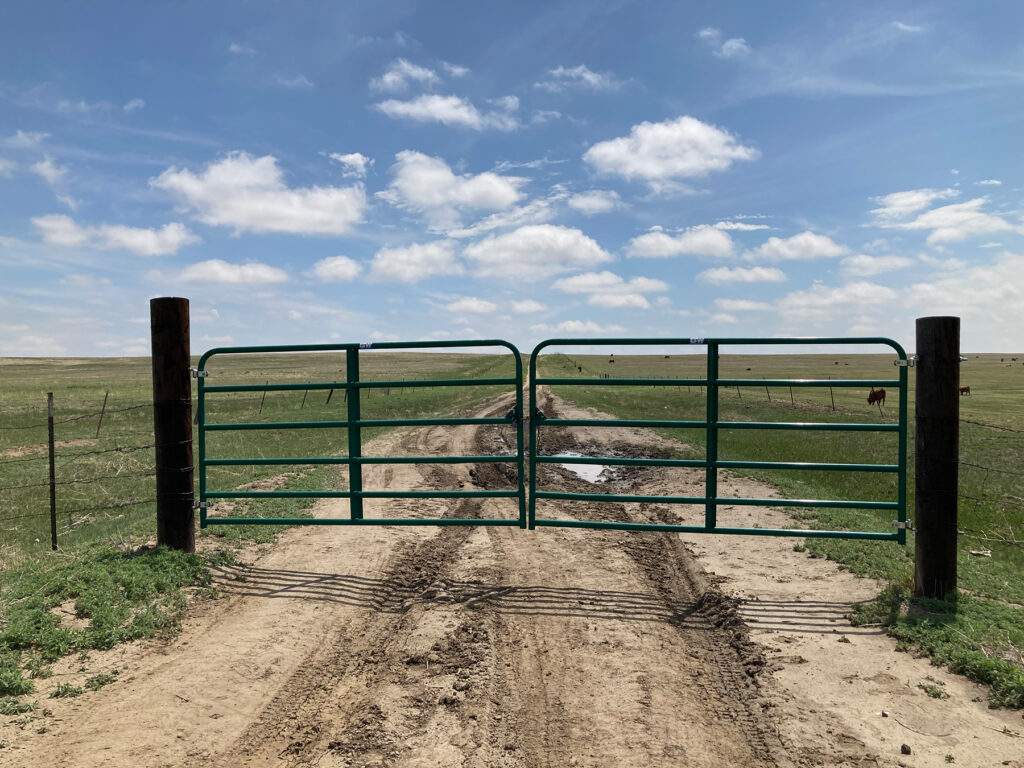
These spots produce all season. In October, does cut through them on the way to feed. In November, bucks chase them like a turnstile. Even late season, when deer are wired tight from hunting pressure, a fence gap is still the path of least resistance.
The trick to capitalizing on these fenceline funnels is in the setup. The biggest mistake hunters make is plunking a stand right over the gap. Deer don’t like to be funneled into a trap, and the second they see or smell you, it’s game over. Back off 40 or 50 yards downwind so you can cover the trail without hovering right over it. That’s the sweet spot where an ordinary cattle gate or sagging rail turns from farm clutter into a tag puncher.
Low Spots in Hedgerows
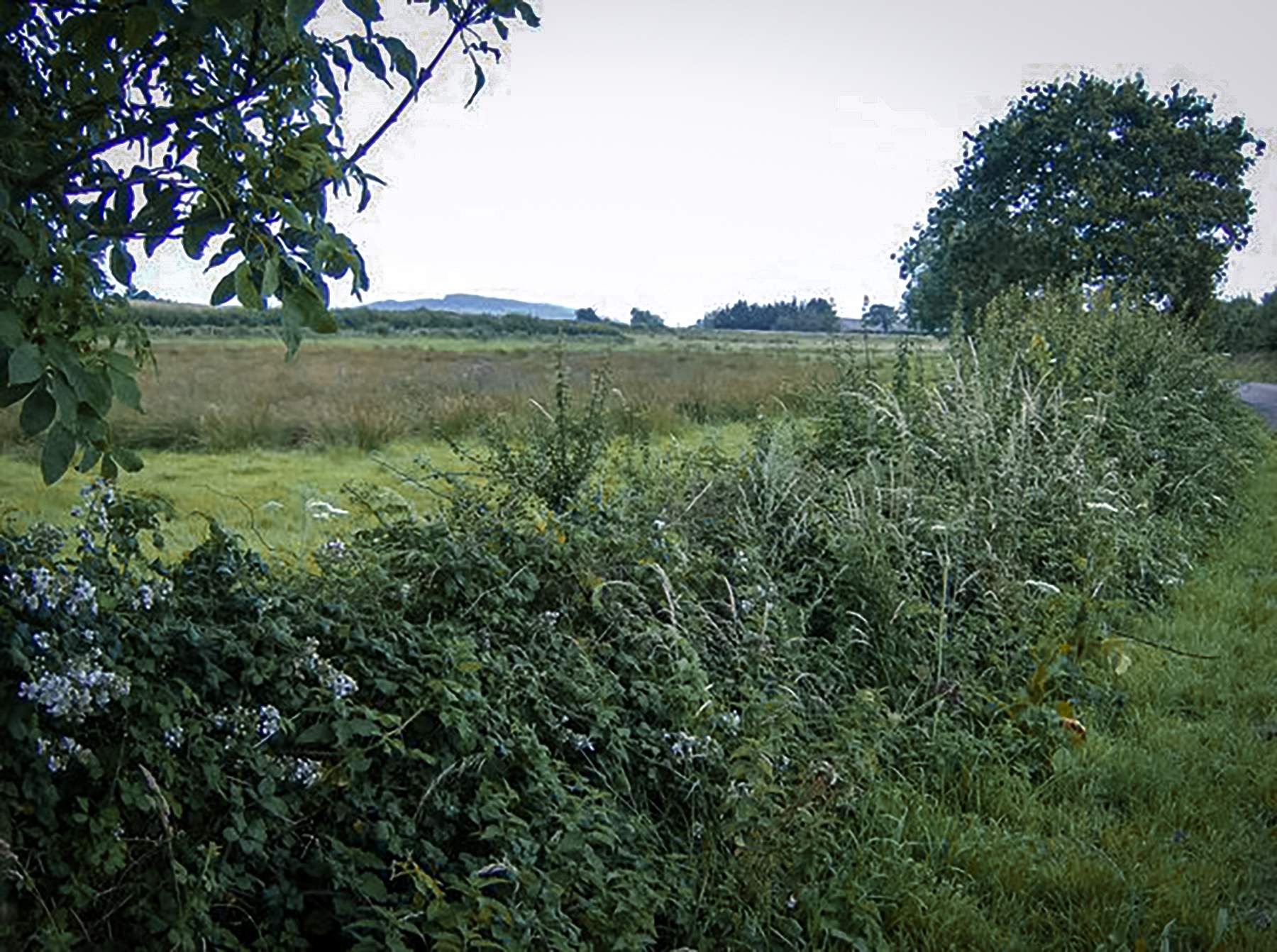
Drive through ag country and you’ll see hedgerows everywhere. Skinny walls of brush and saplings, usually choked with honeysuckle or kudzu, slice between fields like quilt seams someone forgot to stitch. Farmers leave them as windbreaks. Sometimes they mark property lines that nobody bothered to clear. No matter why they are there, the deer see them as safe green hallways that connect food and bedding areas.
A deer on an unpressured stroll isn’t going to just go busting through the thick stuff. Just like with the fence line, they’re going to pick the path of least resistance. In a hedgerow, that’s almost always a low spot where the brush dips or has a natural opening. Maybe a spot where the tractors used to cross or where a tree blew down. Sometimes it’s just a short stretch of young trees in the middle of tall cover.
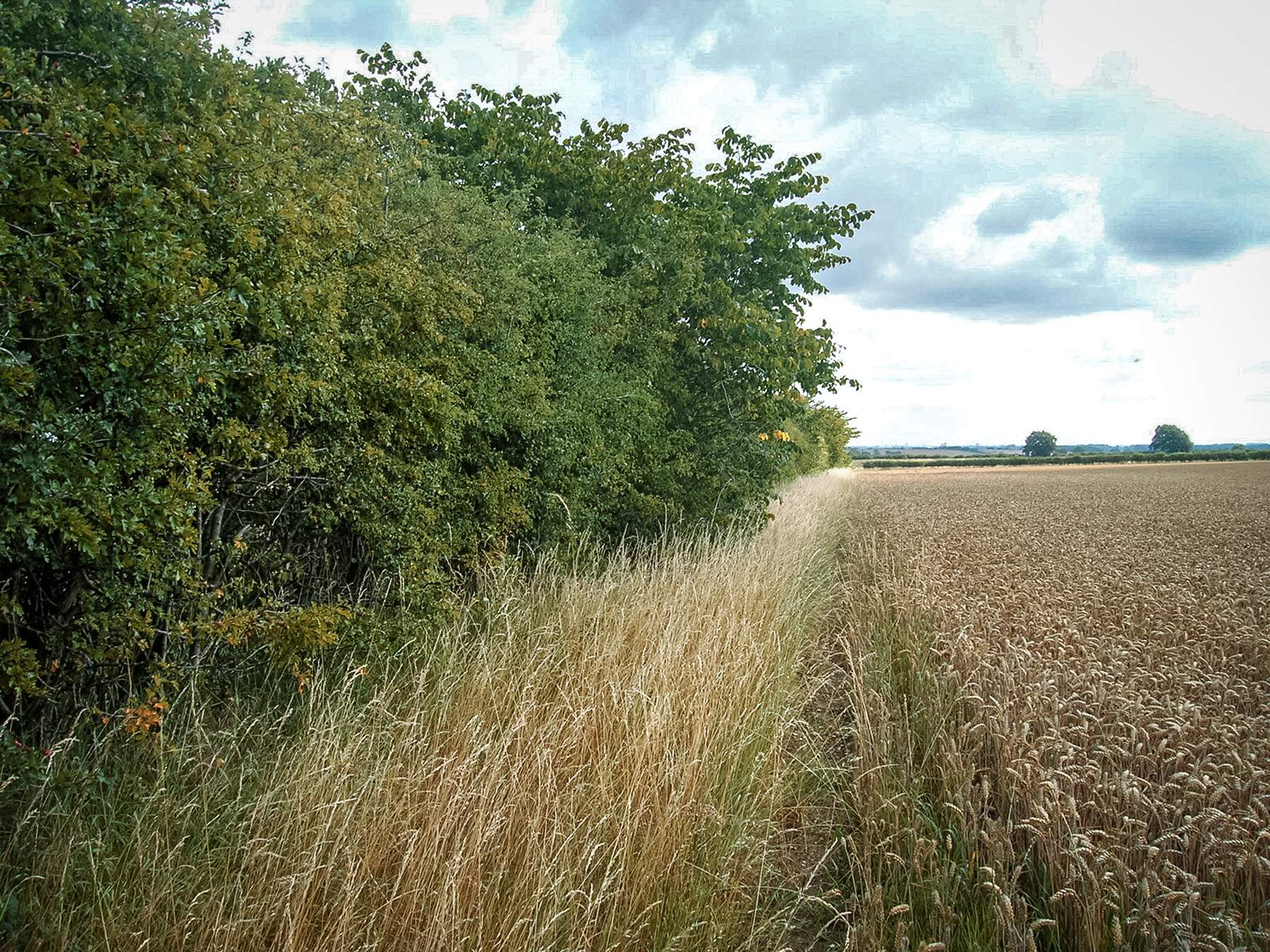
These spots aren’t at all glamorous, but that’s where their beauty lies. They just look like a line of brush when you’re staring at an aerial map or a satellite image. But boots-on-the-ground intel will tell a different story. Walk the hedgerow and you’re likely to find tracks pounded into dirt, gaps in the honeysuckle, or flattened grass where deer like to slide through. A buck in November might even leave a scrape or two on the edges to mark ownership of his own little crossing.
The magic time to hunt a hedgerow is mid- to late-October into early November, when bucks move more in daylight but haven’t yet gone full rut-crazy. They’ll travel these “highways,” stopping at every low spot to peek across fields without stepping into the open.
Don’t crowd the gap. Post up downwind, just inside the cover, where you can see the dip and the approaches. A hedgerow low spot might not be as sexy as a big oak ridge, but if you hunt it right, it could be your ticket to meat in the freezer.
Irrigation Ditches and Farm Drainage
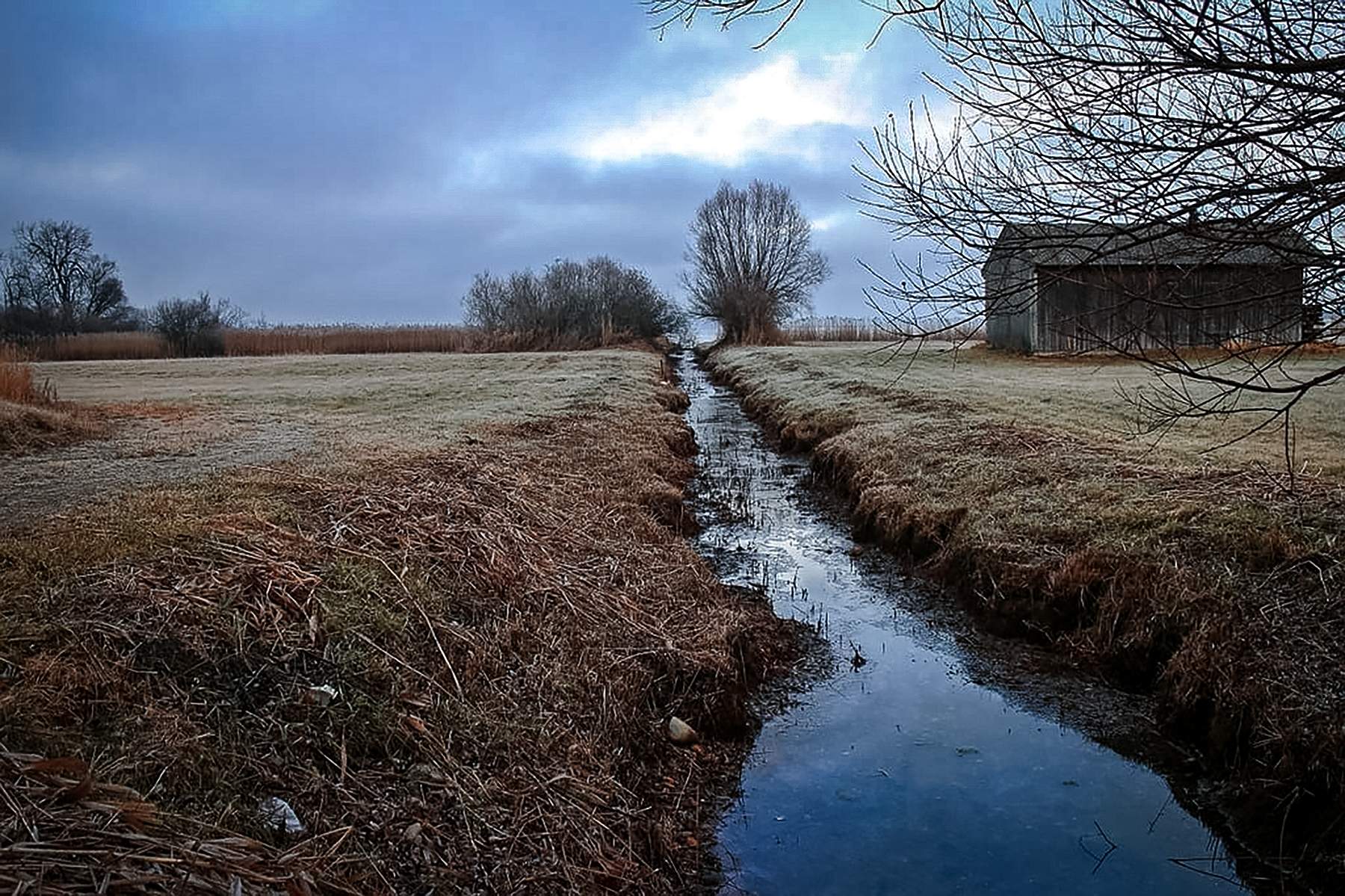
Irrigation ditches and farm drainage channels are trenches farmers dig to move water across fields or keep low spots from flooding. Some are lined with grass, some with mud, some barely wide enough to trip over if you’re not paying attention. They cut across fields like forgotten scars in the landscape, easy to overlook if you’re driving by. But deer see them as secret backroads that combine cover and direction.
A buck will often use them to get from one end of a field to the other, sometimes in broad daylight. If he keeps his nose down, he won’t feel exposed because that ditch hides him from most of the world.
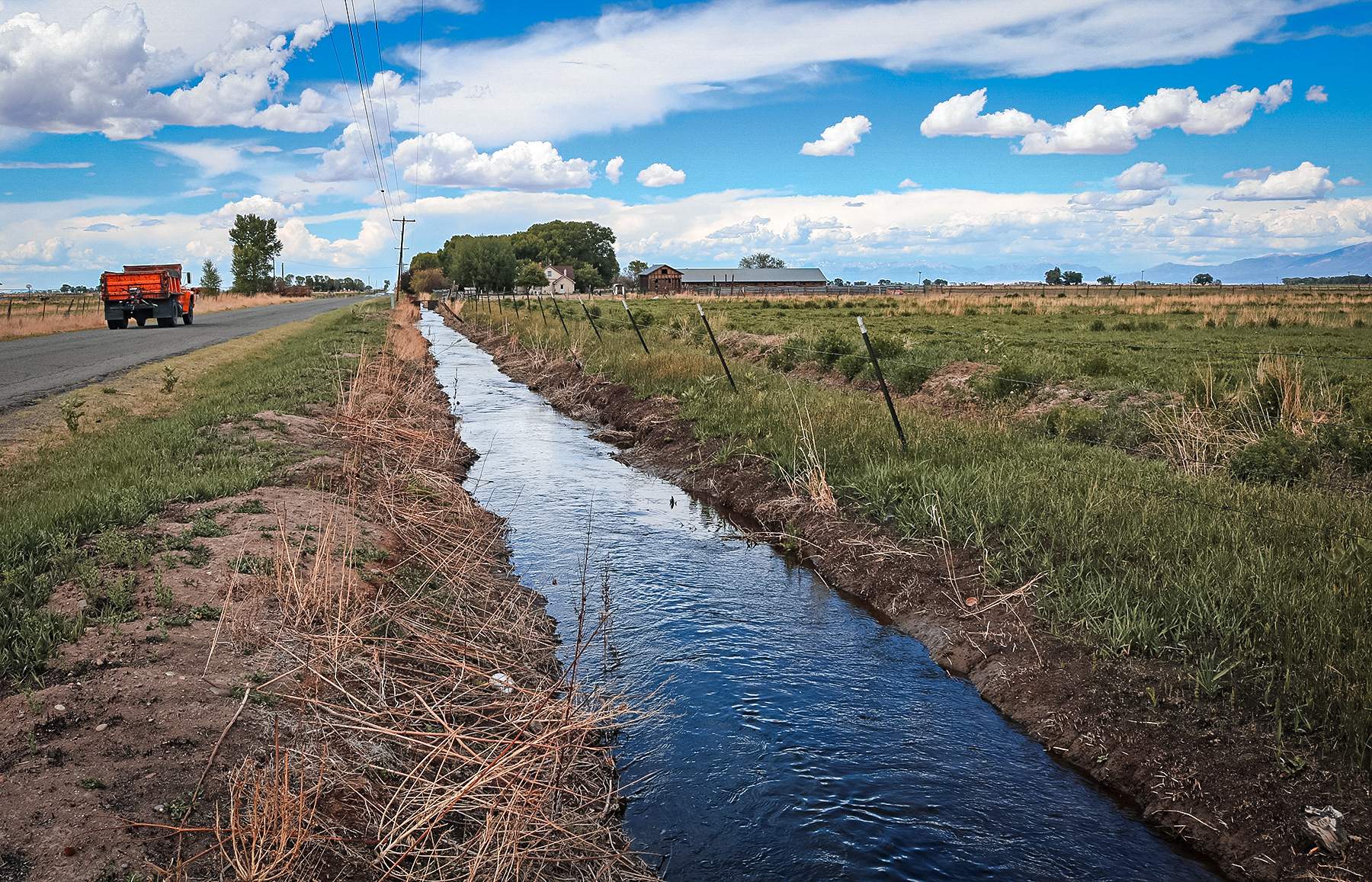
These spots shine during the rut, when bucks are running themselves ragged and want to move quick without burning a ton of calories. They also deliver big in late season, when deer want to hang close to food sources but need cover to get there. Pay attention and you might catch them dropping into a ditch at the first hint of daylight, only to pop up farther down the field in a reappearing act that would make Houdini proud.
Hunting them takes some thought and planning. Most times, it’s impossible to set up right on the ditch because there aren’t trees nearby, which makes these spots far easier to hunt during rifle season than it is with a bow. Instead, you’ll need to set up in a tree or a box blind on the field edge. The trick is not letting your scent tunnel down into that ditch. If you can play the wind, that humble farm feature could become one of your best-kept hunting secrets.
Creek Washouts
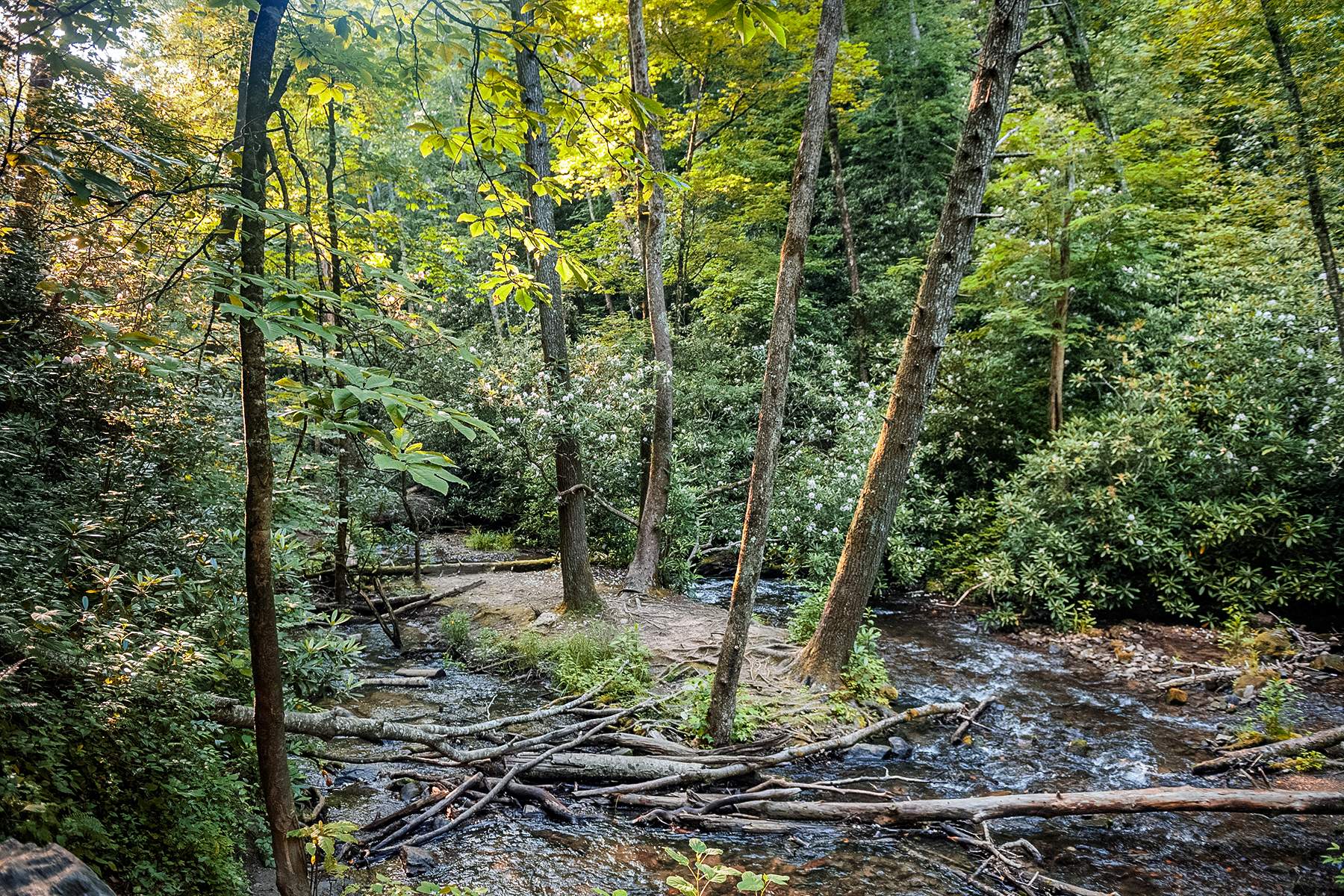
Every hunter worth his salt knows what a regular creek crossing looks like. Wide, well-worn banks, smooth paths churned up with hoofprints, and a straight shot from food to bedding. Deer love these spots, but so does every hunter in the county. That’s why the obvious crossings are often dead zones before mid-season.
Washouts and undercut banks are a completely different story. Instead of a wide-open path, these are narrow dips, eroded banks, or sections where water has carved channels under roots and brush. To a human, they might look rough, inconvenient, or like nothing at all. To a deer, they’re hidden doorways that allow them to cross the creek without ever stepping into the open.
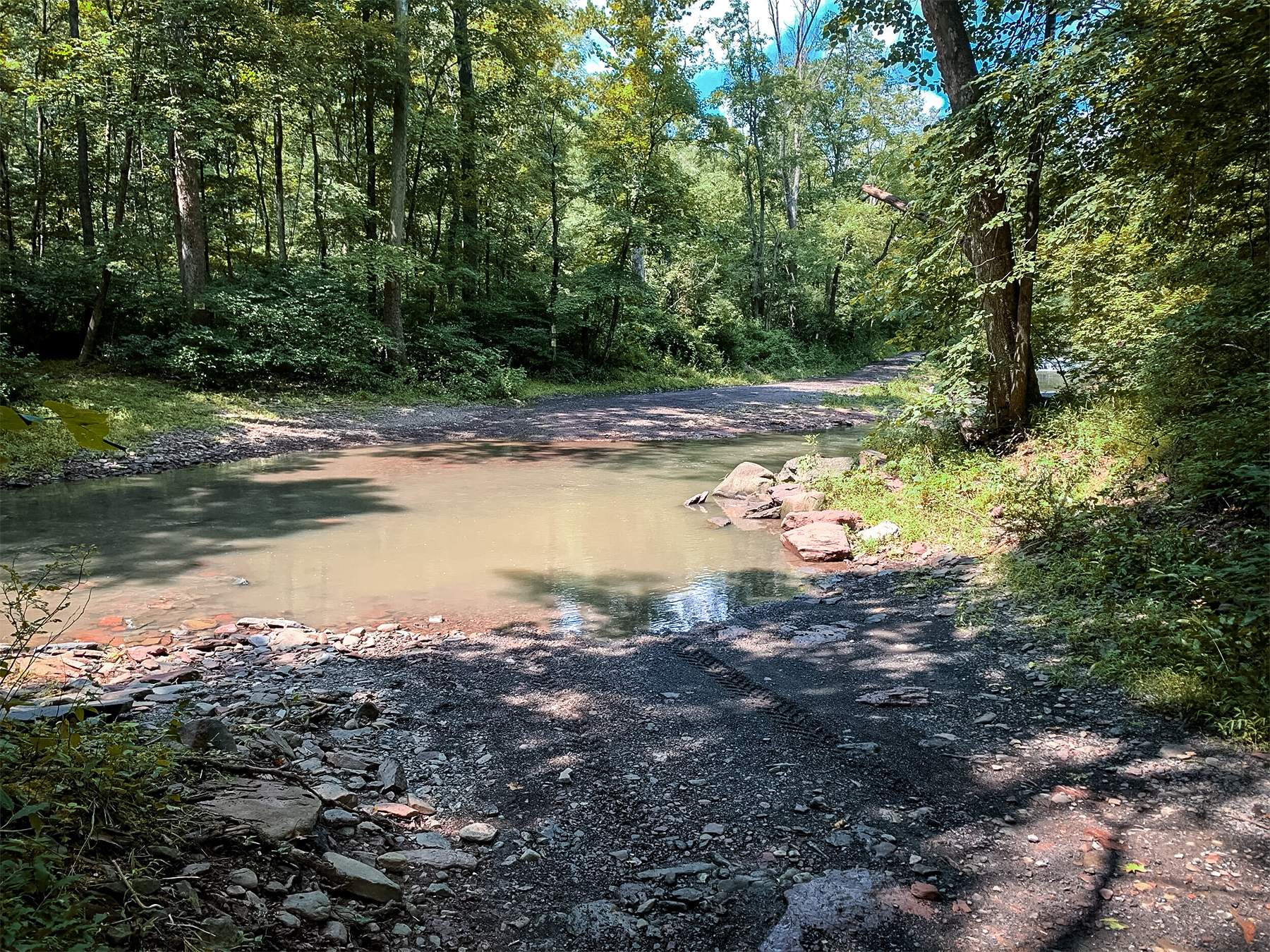
If you think of the regular creek crossing like crowded, noisy downtown Main Street, washouts and undercuts are the quet shortcuts only the locals know. You won’t see obvious tracks or scrapes, and the exit might deposit the deer into thick cover instead of a field. That’s why these hidden funnels still produce when the obvious crossings sit empty under pressure.
You won’t spot these on a satellite photo. To find them, you have to get your boots muddy. Look for narrow trails leading down the bank, chewed-up edges, or a stray hoof print tucked under a tree root. Often, the entry and exit are nearly invisible until you’re right on top of them.
These funnels really shine during the rut, when bucks are zigzagging between bedding areas and don’t want to advertise their movement. They’re also deadly late season, when deer move low and hug cover to avoid hunters.
Setups here are all about wind. Whatever you do, don’t climb right over the washout. Instead, hang back 30 or 40 yards where you can cover both approaches.
Forgotten Two-Tracks and Old Farm Lanes

There’s something about an old road two-track logging trail or a grown-over farm lane that deer can’t seem to resist. They’re easy walking, plain and simple. If you’ve ever bushwhacked through briars and then found an old trail, you know the feeling. Deer think the same way.
Just like humans, deer can cover ground quick on these old, leveled out roads without fighting hard for footing. And they probably aren’t choked with brush like the rest of the woods, which means deer will take the path if it’s there. And during the rut, the sign here can be thick. Tracks pounded into the dirt, rubs along the edges, even scrapes spaced at intervals like mile markers on a highway.
The key to hunting these routes is to treat them just like that. They’re highways, not destinations. Don’t sit right on the trail. You’ll get winded or skylined. Instead, back off from the lane and expect deer to be moving. If you can find a spot where it crosses a ditch or brushes up against good bedding cover, you might get a better chance at a shot.
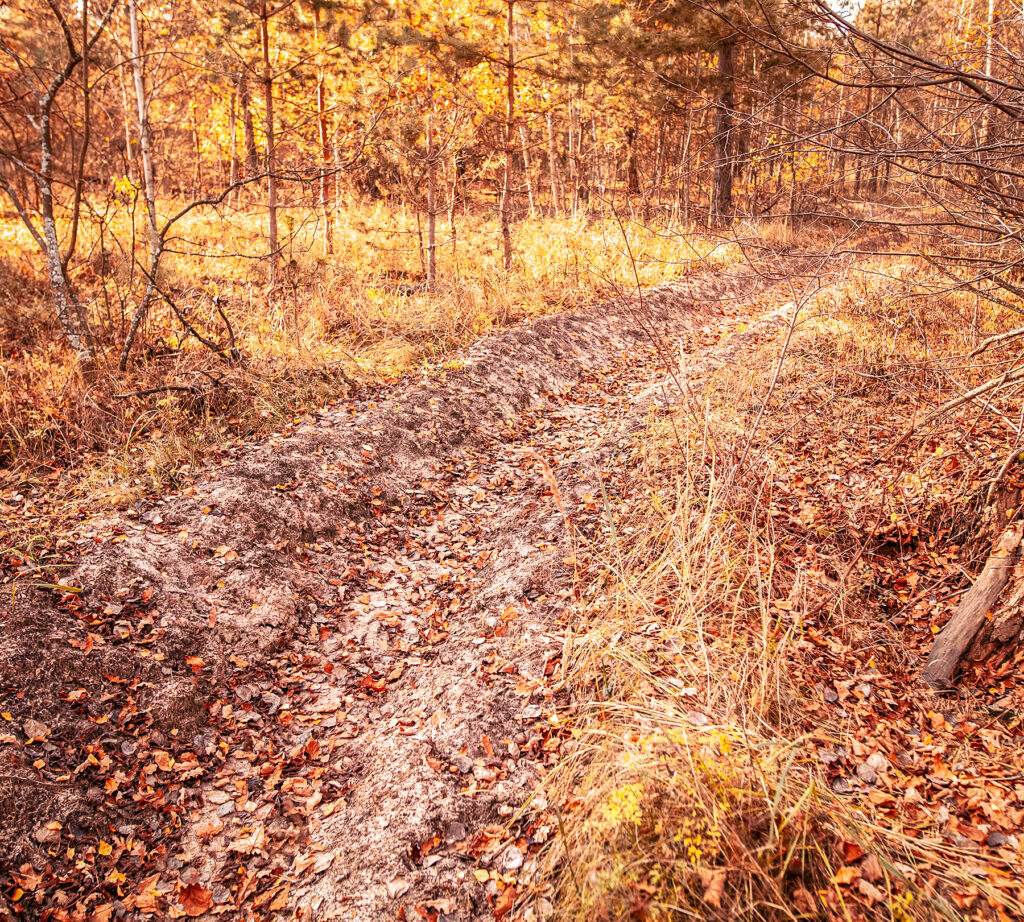
Hunting the Road Less Traveled
Sometimes the best deer funnels are the flashy ones everyone else is watching. More often they are the overlooked cattle gates, ditch banks, hedgerow dips, and old lanes that don’t show up on your topo map or hunting app. That’s exactly why they are worth hunting.
Technology can tell you where the deer “should” be, but it can’t replace boot leather and a little patience. The deer you want aren’t always running the obvious routes. Instead, they’re slipping through hidden corridors and taking shortcuts that save them energy and keep them out of sight. Treat these spots like the secret backroad shortcuts only the locals know, and you might find yourself dragging deer to the truck while everyone else is still staring at their app.
